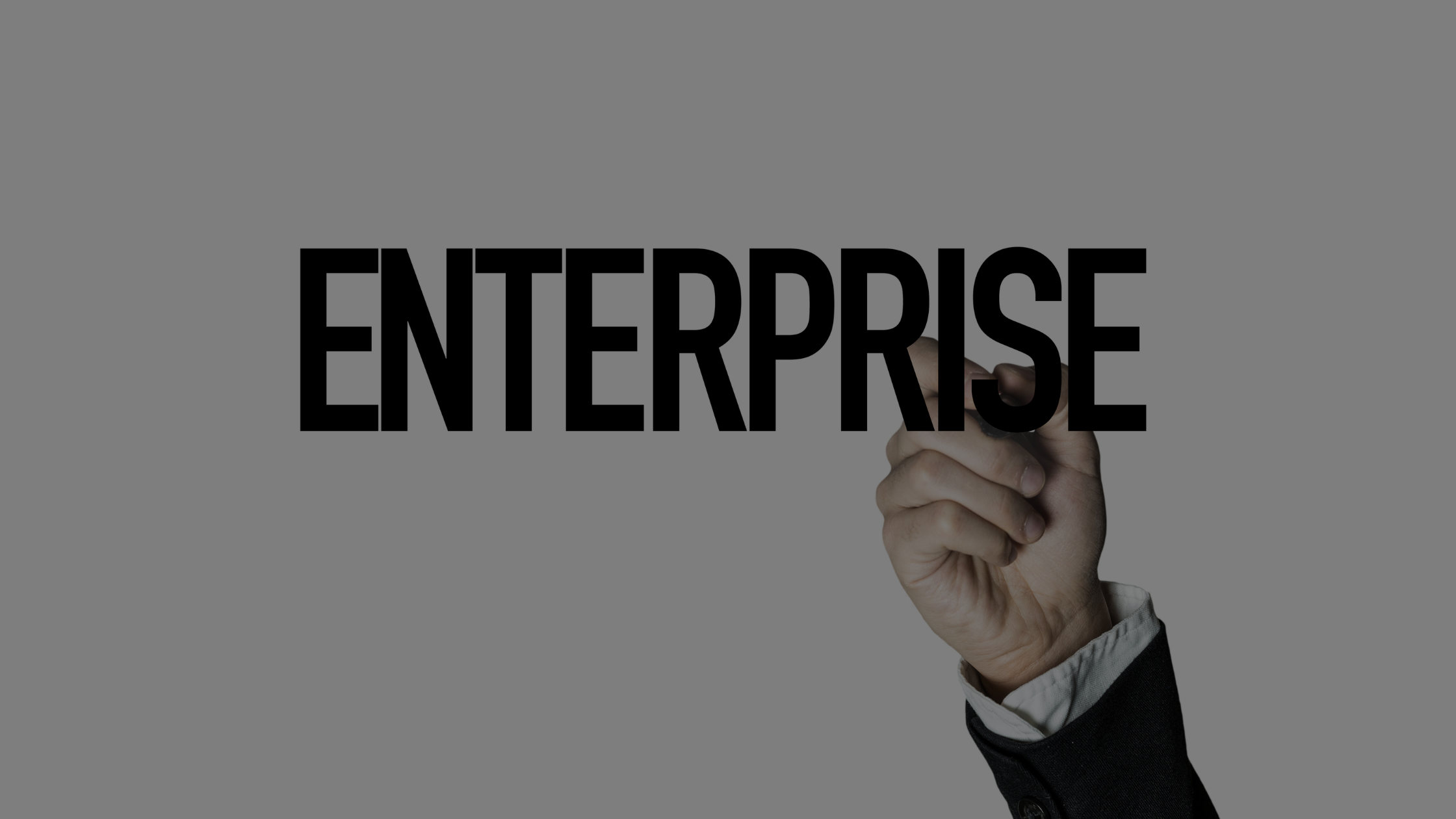6 Things Your ERP System Should Do - Make users efficient with an Intuitive GUI (Graphical User Interface)
6 Things Your ERP System Should Do - Make users efficient with an Intuitive GUI (Graphical User Interface)
In today's fast-paced business environment, the role of Enterprise Resource Planning (ERP) systems is indisputable in managing daily operations, from accounting and supply chain management to human resources and customer relationship management. The effectiveness of an ERP system is heavily reliant on user adaptation. A well-designed GUI will significantly enhance the user’s experience, leading to improved system use and operational efficiency.
The Importance of Ease of Use
A user-friendly GUI is fundamental for a well deployed ERP system. The GUI permits users of all technical levels to navigate and utilize the system effectively, without frustration or the need for extensive training. Here are some guidelines:
- Intuitive Navigation: The GUI should be logical with easily identifiable menus and buttons. Standard icons and consistent placement across the system reduce learning time and improve efficiency.
- Search Functionality: A powerful search tool is a must for quickly locating specific information, saving time and reducing frustration.
- Shortcuts and Keyboard Commands: Catering to users who prefer keyboard navigation can greatly speed up data entry and system navigation, enhancing overall productivity.
Enhancing Efficiency and Productivity
To further improve efficiency, the GUI should allow tailoring to the specific needs of different users and their roles within the organization.
- Role-Based Dashboards: Providing users with personalized dashboards that highlight relevant information eases interactions with the system.
- Drag-and-Drop Functionality: Simplifying tasks such as order processing and scheduling through drag-and-drop will significantly reduce the effort required for entry and processing.
- Elimination of custom reports: A better GUI allows users and analysts to get at information easily – not requiring special reports which can be costly and often are developed then forgotten.
- Workflow Automation: Automating repetitive tasks allows users to focus on more critical matters, thereby increasing the value they bring to the organization.
The Power of Data Visualization
In an era where data-driven decisions are paramount, the GUI should present complex data in a clear and accessible format.
- Charts and Graphs: Visual representations make it easier to identify trends, challenges, and opportunities, enabling more informed decision-making.
- Interactive Dashboards: Allowing users to interact with and customize their dashboards ensures that they can quickly access the information most relevant to them.
- Real-time Updates: Dashboards that refresh with real-time data keep users informed with the latest information, essential for rapid response to emerging situations.
Essential Additional Features
- Mobile Access: In today's mobile-first world, the ability to access ERP systems on the go is important and enables productivity from anywhere.
- Mobile devices should have the same GUI features described.
- Security and Compliance: With increasing concerns over data security, robust protections and compliance features are essential to safeguard sensitive information.
By deploying a robust GUI for an ERP system, organizations can ensure a user-friendly, efficient, and adaptable platform that meets the evolving needs of their business. Transactions are entered quickly, information is accessed easily and analyses are enabled simply. This leads to heightened user satisfaction, boosted productivity, and ultimately, superior business results.



